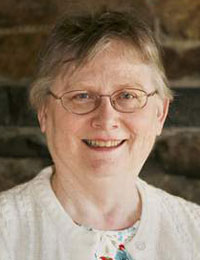 The name of “John” Alden was passed down for five consecutive generations.
The name of “John” Alden was passed down for five consecutive generations.
John1 Alden, of course, was the passenger on Mayflower with his soon-to-be bride, Priscilla Mullins.
John2 Alden, their first son and second child, was born about 1626. He went to the big city, Boston, where he became a very successful ship captain and merchant. His wife, Elizabeth (Phillips) Everill, was the daughter of William Phillips, a large land owner, and widow of Abiel Everill. Continue reading Generations of Johns
